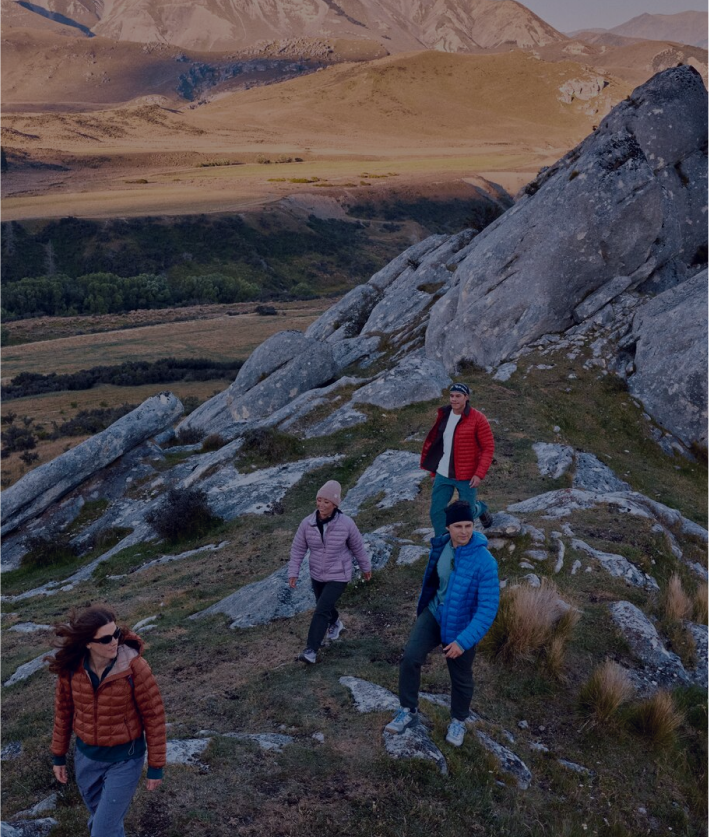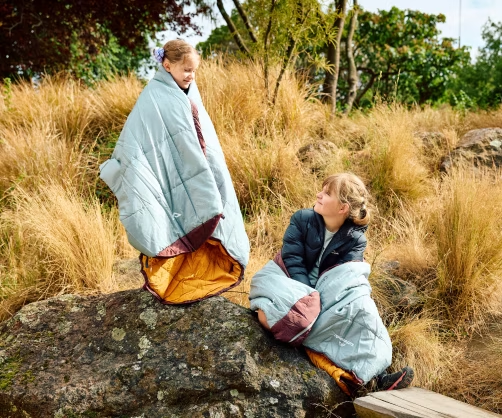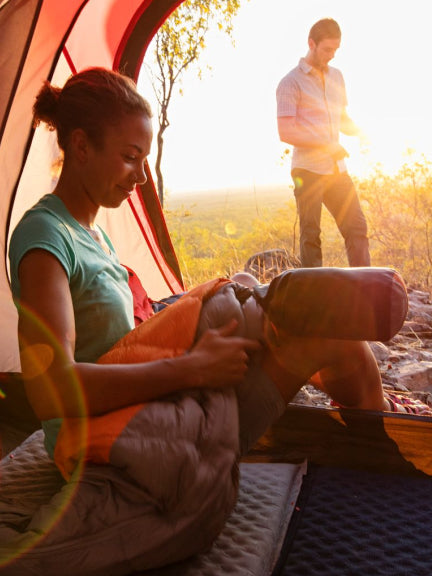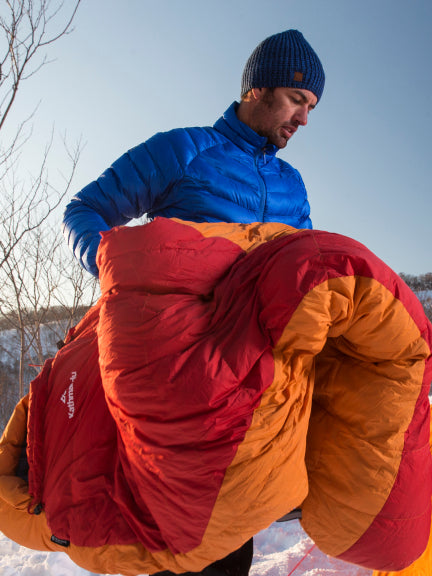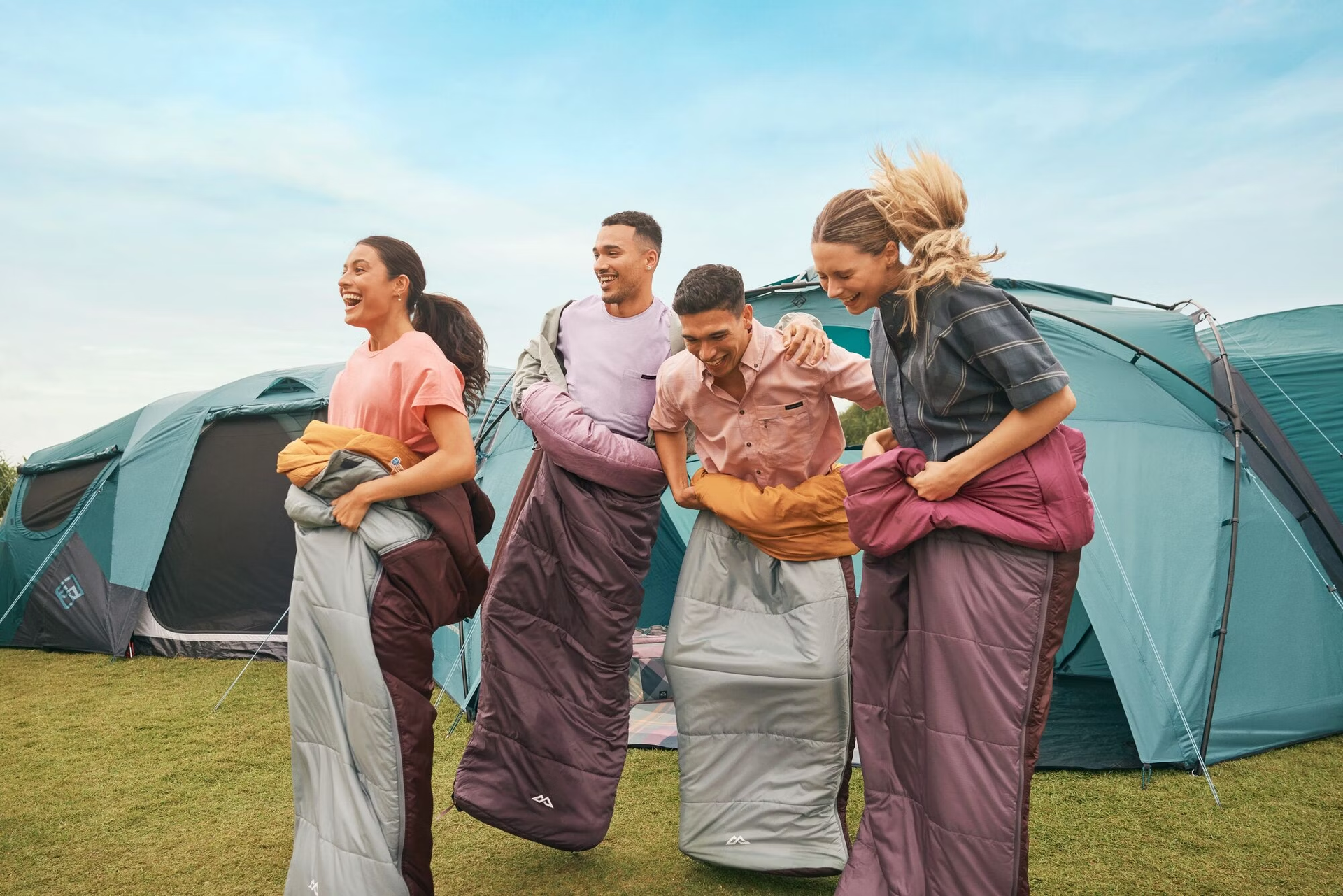

Kathmandu sleeping bags are super comfy, keeping you cosy warm while you rest. From lightweight sleeping bags for summer nights to heavy-duty down sleeping bags for frigid winter temperatures, there’s an option for every night out there. Just imagine looking up at the stars, snuggled up in your sleeping bag. Can you think of a better way to get out there? We can’t!
Shop our best sellers
Seek out moments to remember with our lightweight Seeker 5. Using a blend of duck down and synthetic fibres it is a great choice for protection in damp conditions so you can be warm, dry and rested
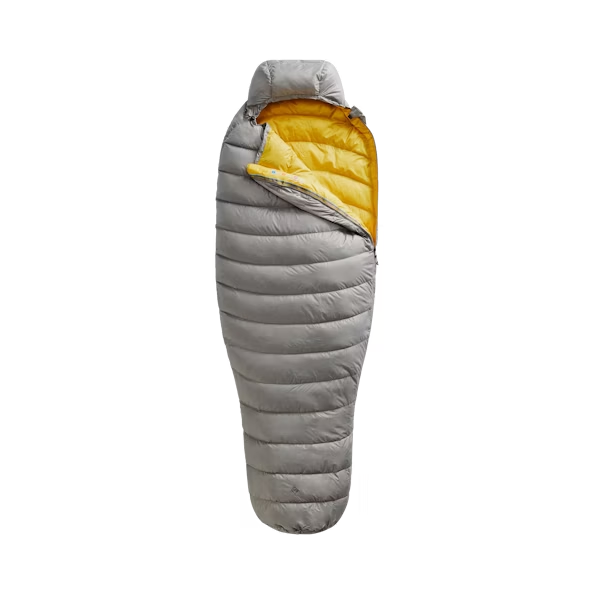
Drawcord adjustable hood - so you can better retain heat
Two way separating zips - making it easy for you to get in and out
Upper bag - 600 fill power duck down
Lower bag - blend of down and synthetic fibres
Guides and blogs
Read our guides and blogs to learn more about getting out there.








